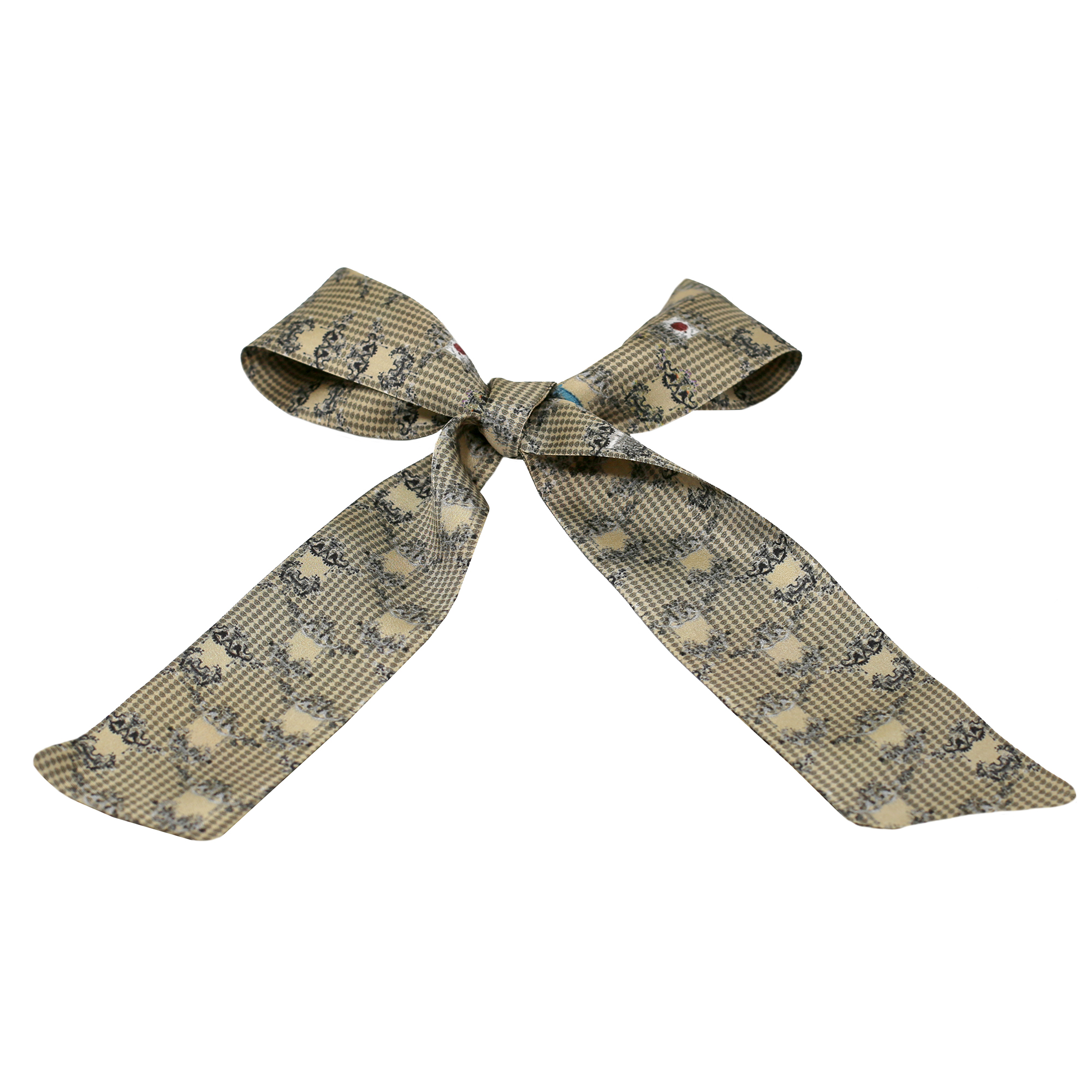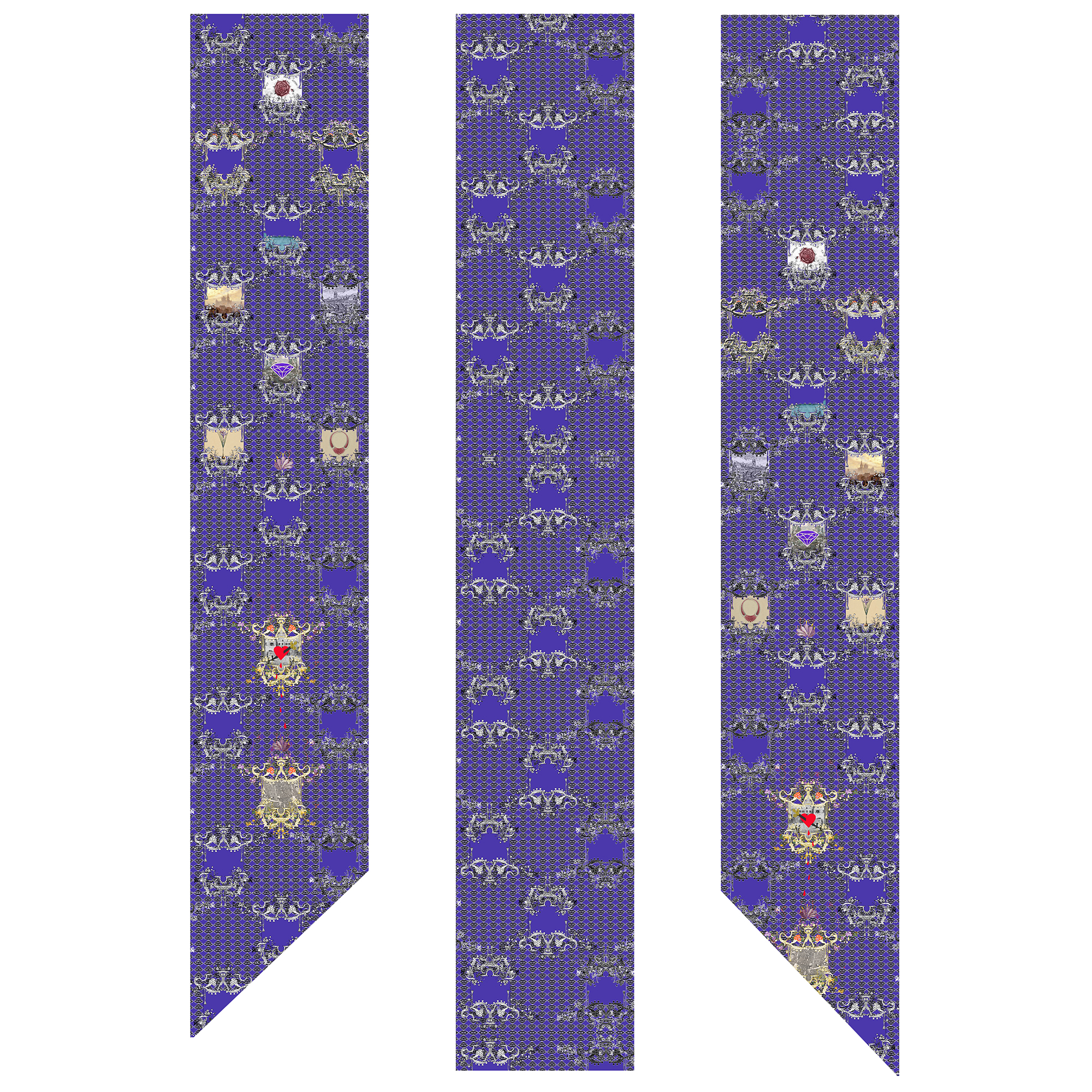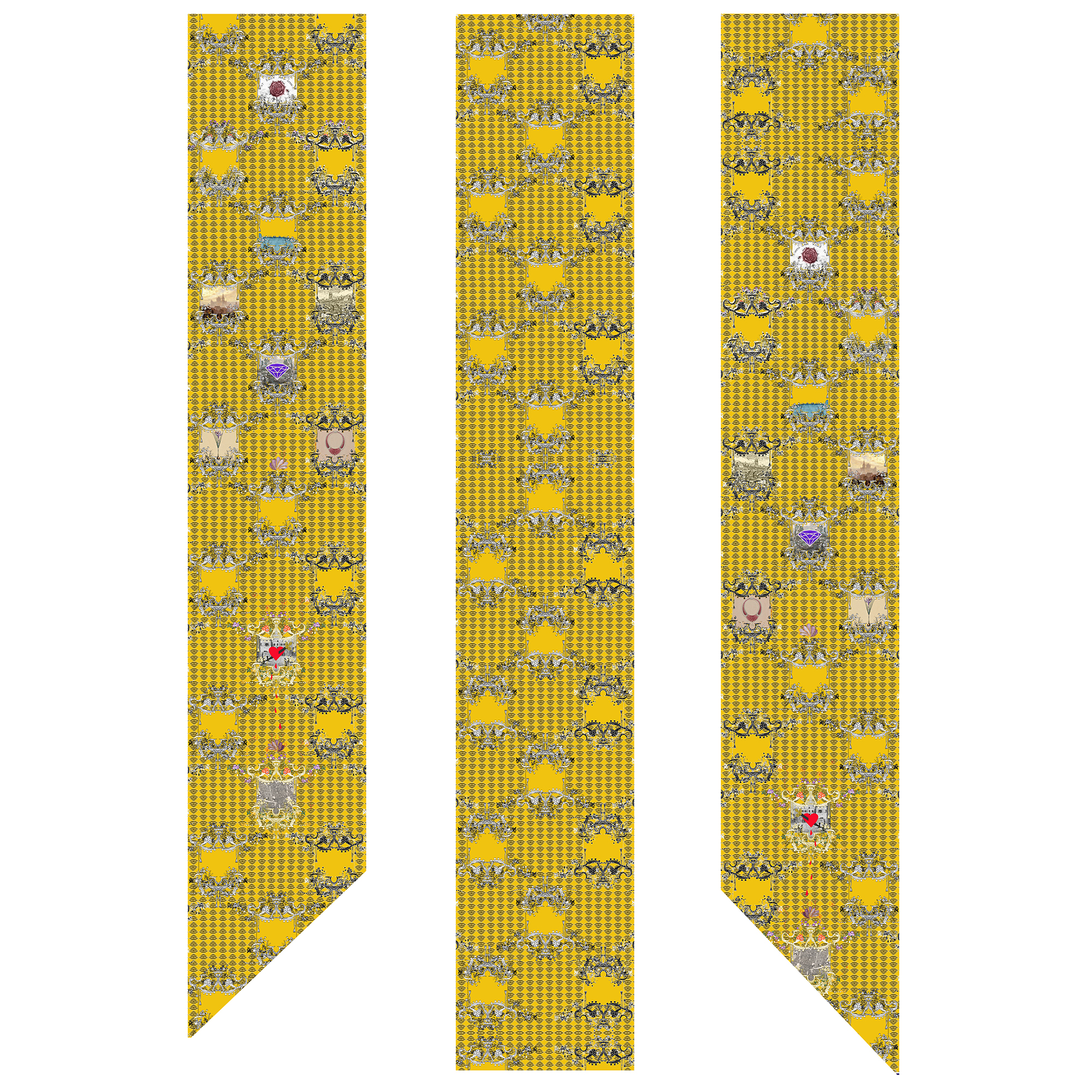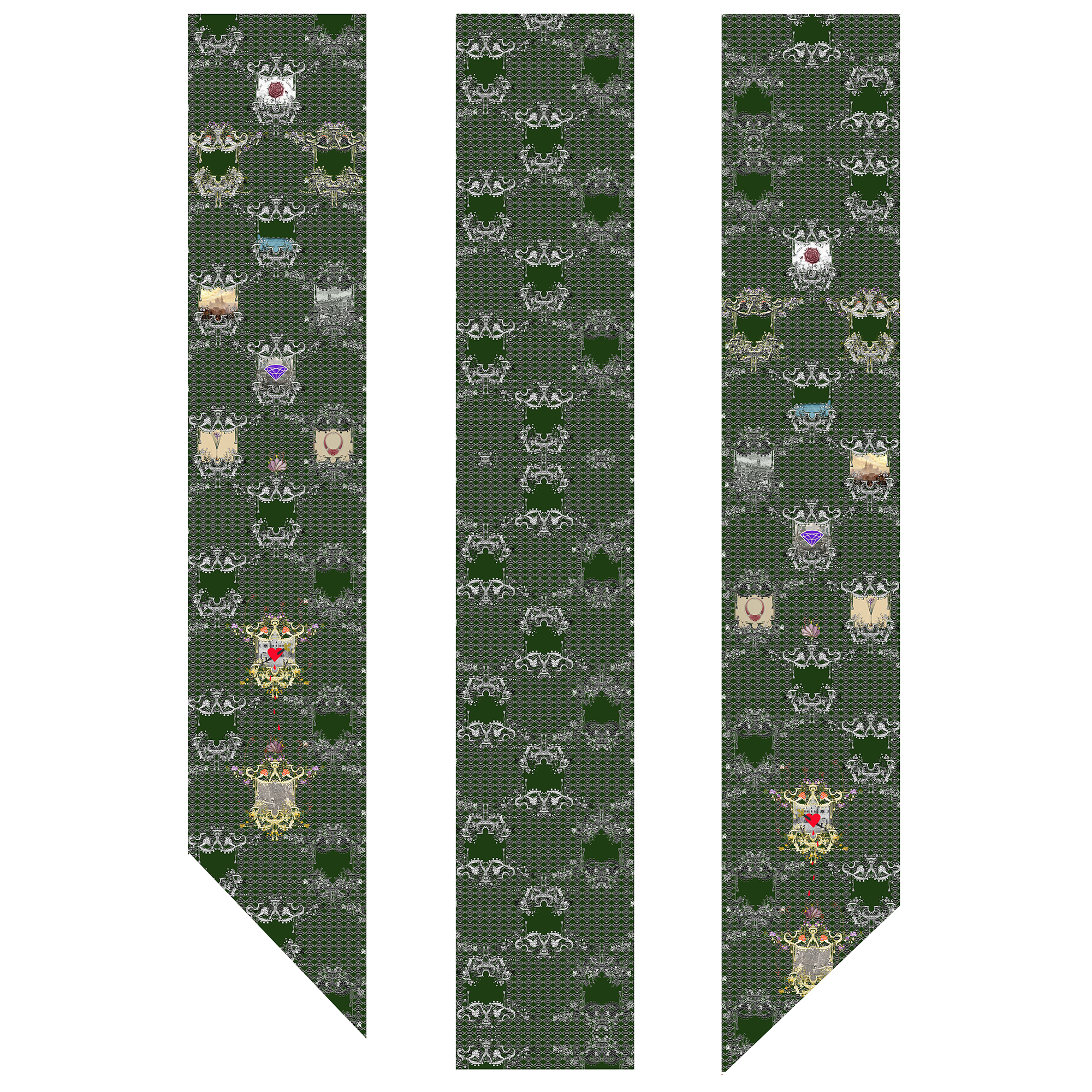Description
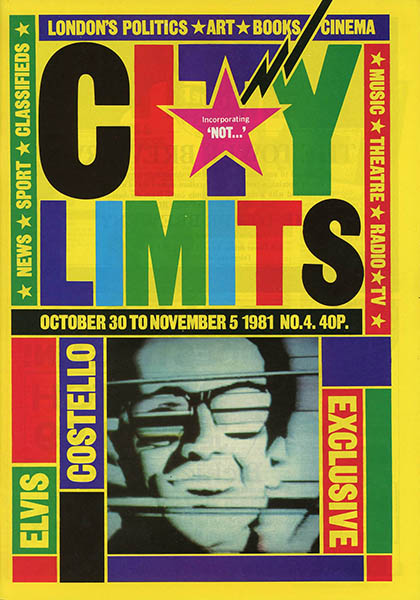
City Limits cover designed by David King
Late 1980s I worked as a magazine layout artist for City Limits Magazine in a building on Clerkenwell Green, near Sessions House – at that time – the Freemason’s HQ. I made some illustrations for The Guardian newspaper based back of Farringdon Road and attended classes in bookmaking at the London College of Printing buildings in Back Hill.
Wandering curiously through the narrow lanes and passages past the Telescope shop on Farringdon Road I found the intriguingly named Bleeding Heart Yard and a first floor art supply shop where I bought bottles of jewel coloured Dr Martins drawing inks some of which I still use to create these designs.


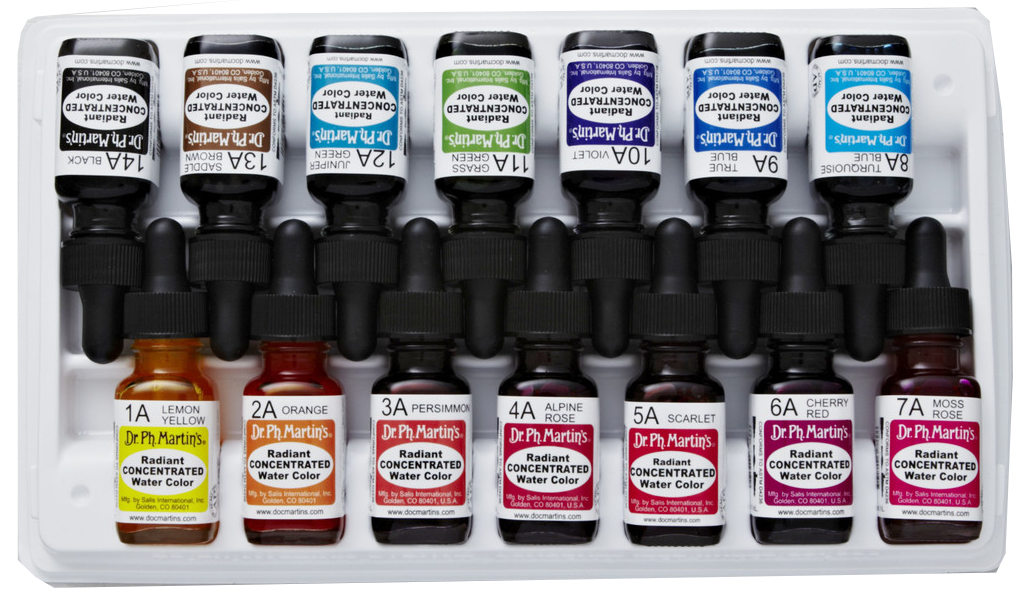
I wandered through the web of the internet this morning to find the name of the art shop – T.N. Lawrence & Son which led me to further links to ‘Oxford Market’ (early Oxford Steet) Marylebone, copperplate printing, William Blake and St Ives Cornwall! …as well as a long history of craftsmanship and printing in this area thanks to the very informative National Portrait Galleries directory of suppliers. (click link to read even more!)

diamonds and saffron
HATTON GARDEN ~ BLEEDING HEART YARD
This is the story of the ‘Hatton Garden ~ Bleeding Heart Yard’ design. Part of Frances Nutt London Garden Collection.

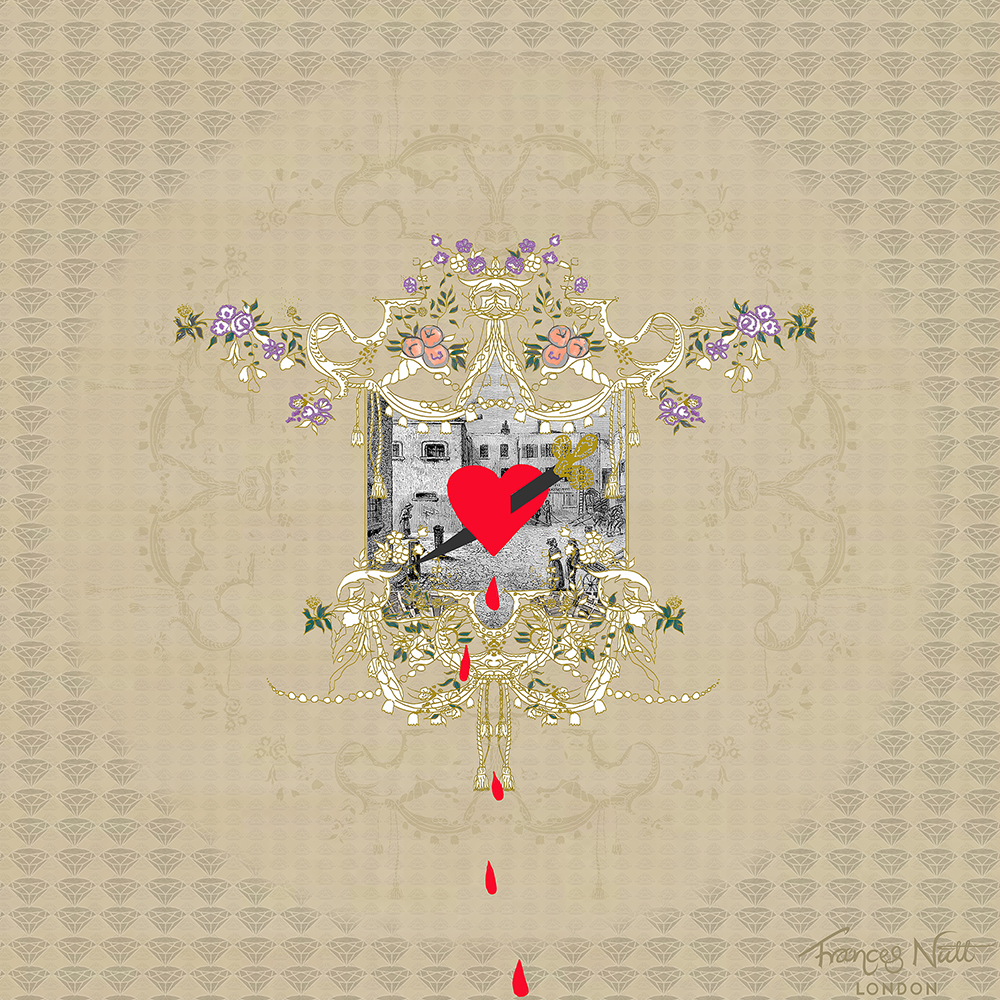
Hatton Garden was originally the site of the medieval palace, gardens and orchard of the Bishops of Ely’s City residence ~ an open green space for hundreds of years ~ very much in contrast to the densely populated centre enclosed by #LondonWall not far to the East, across the #RiverFleet which flowed in a valley nearby. It was developed as a new residential district in the #Restoration period, around 1659 and 1694 and lay just outside the official city boundary.
In Shakespeare’s Richard III, Gloucester mentions the delicious strawberries in the Bishop’s garden, and in Walter Thornberry’s Old and New London, published in the late 19th century, the significance of Saffron Hill is explained. This was once the most pleasant part of the Bishop’s gardens, and its name came from the crops of saffron, which supposedly grew there. Saffron Hill ran from Field Lane into Vine Street, which recalls the vineyard of old Ely Place.
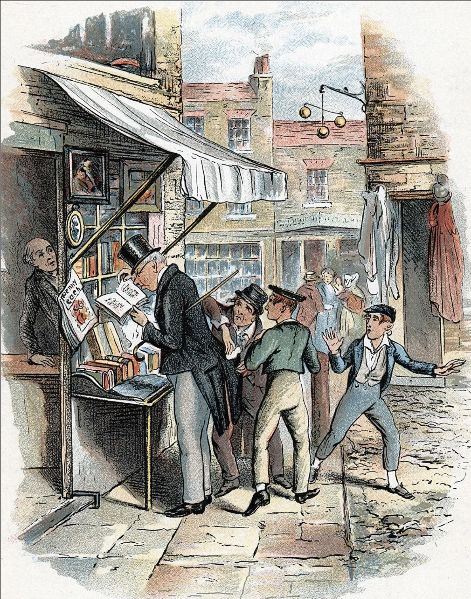
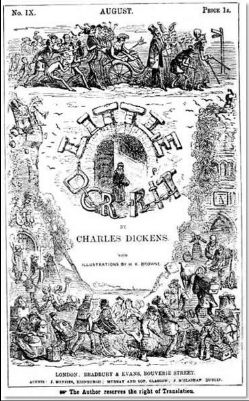
possible theft of a #PocketSquare!
illustration by George Cruikshank for Charles Dickens’s Oliver Twist
cover of Little Dorrit
In 1850 it was described as a squalid neighbourhood, the home of paupers and thieves. In #CharlesDickens’s 1837 novel #OliverTwist, the #ArtfulDodger leads Oliver to Fagin’s den in Field Lane, the southern extension of #SaffronHill:
“a dirty and more wretched place he [Oliver] had never seen. The street was very narrow and muddy, and the air was impregnated with filthy odours”.
”[Bleeding Heart Yard was] a place much changed in feature and in fortune, yet with some relish of ancient greatness about it. Two or three mighty stacks of chimneys, and a few large dark rooms which had escaped being walled and subdivided out of the recognition of their old proportions, gave the Yard a character. It was inhabited by poor people, who set up their rest among its faded glories” (Littler Dorrit by Charles Dickens)
Hatton Garden has had its fair share of scandals along its long and fascinating history, perhaps most shockingly the tale of #LadyElizabethHatton and her tragic death. One night in 1926, Lady Hatton had been seen out dancing with an unidentified man. In the early hours of the morning, in a yard just off Greville Street, Lady Hatton’s body was found strewn upon the cold cobbled ground.
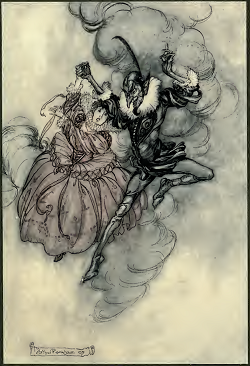
Arthur Rackham
R. H. Barham’s The Ingoldsby Legends, a collection of poems and stories first published in Bentley’s Miscellany beginning in 1837. Tells the story of The House-Warming: A Legend Of Bleeding-Heart Yard, Lady Hatton, wife of Sir Christopher Hatton, makes a pact with the devil to secure wealth, position, and a mansion in Holborn. During the housewarming of the mansion, the devil dances with her, then tears out her heart, which is found, still beating, in the courtyard the next morning. It is from this legend, together with a case of mistaken identity, that the myth of Lady Elizabeth Hatton’s murder — wife, not of Christopher, but of William Hatton — was born.

Oral historian #RachelLichtenstein, one of the few prominent female figures operating within contemporary #psychogeography gives a fascinating account in her wonderful book #DiamondStreet. Hatton Garden is where her grandfather and her parents worked. As a student she helped out at the family store, writing out price labels for jewellery and dropping off supplies for Orthodox and Hasidic diamond dealers.
She describes ancient burial sites, diamond workshops, underground vaults, monastic dynasties, subterranean rivers and forgotten palaces. Telling stories of sewer flushers, artists, goldsmiths, geologists and visionaries. Later she goes down into the sewers of the Fleet, the second largest river in Roman times, to divine the area’s subterranean essence.
the ancient walls have so many stories to tell…..
#HattonGarden #BleedingHeartYard
#SaffronHill #LeatherLane
#ClerkenwellGreen #HerbalHill
#KarlMarx #WilliamBlake
#DrMartins
#NewlynCopperWorks
materials : 100% silk twill
size: 6 x 105cms
made in Britain

